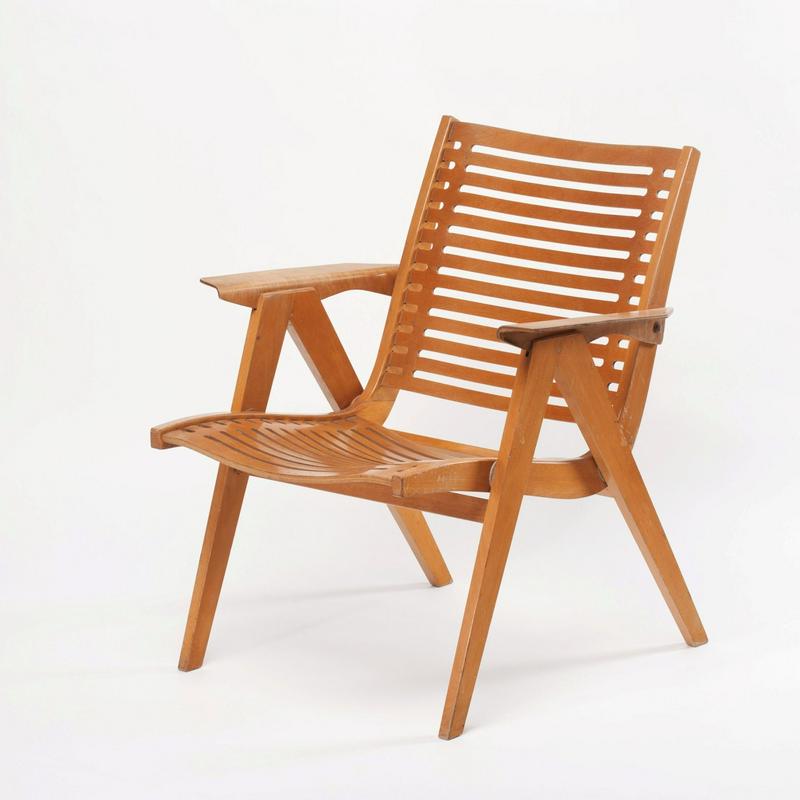
It’s a design classic. Graceful in its simplicity and inspired by the understated elegance of Scandinavian design, the Rex Chair wonderful example of post-war modernism. Since its creation, it has not only attracted a cult following but has also been featured in some of the world’s most prestigious museums. It’s also the work of a Slovenian designer.
Niko Kralj, an architect by profession, designed the Rex Chair in 1952 when he worked as a designer for Slovenia’s Stol furniture factory. (“Kralj” means “king” in Slovenian, while “rex” means the same in Latin.) At the time, many companies in Socialist Yugoslavia cared little about design. With only limited competition, they had few reasons to innovate. But a few companies did realize the importance of industrial design and were determined to keep pace with the West; Stol not only followed global design trends, but sometimes even broke new ground. Niko Kralj’s Rex is chair was the ultimate example of that commitment.
Kralj’s unique background helped to make the Rex Chair possible. The son of a woodworker, he had often observed his father manipulate wood. Those experiences proved useful when Kralj applied the technique of molded plywood to his creation.
The Rex Chair, with its low price, sleek lines, and a practical foldaway design, was a tremendous commercial success. More than two million pieces were sold. It also won over international design experts, who showered the chair with awards. Some of the world’s most prestigious have museums exhibited Kralj’s design, including the Museum of Modern Art (MoMA) in New York. In 1999, it took the number two spot on a Slovenian newspaper’s list of the best Slovenian products of the 20th century.
Kralj, who registered 118 patents during his career, later became a teacher of design at the University of Ljubljana. He died earlier this year at the age of 91. Stol, where he worked for so many years, did not survive the transition to a market economy.
Long after its initial production run ended, the Rex Chair remained a cult favorite -- a prized item among design aficionados. However, original pieces were becoming increasingly difficult to obtain. That changed in 2010, when a small Slovenian company known as Impakta Les restarted the production of the iconic chair under the Rex Kralj brand. The response was enthusiastic and and Karlj’s creation was soon seen on showroom floors throughout Europe and the U.S., proving once again how timeless the simple chair’s design truly is.


































































